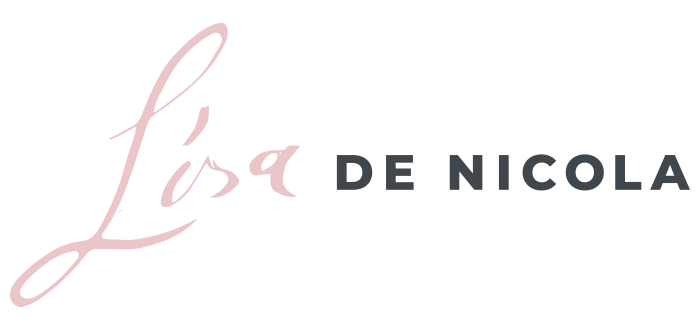For a start-up organization in this day of age, a people-first culture might be clear as day for some of you as you envision the kind of culture you want to create. There are a fundamental understanding and a heart’s desire to lead with people first.
For those organizations that are more established, including the multi-national organizations that have been around for decades, you may feel as though you’re already ‘living’ a people-first culture but are making adjustments to accommodate a multi-generational workforce. Evolving to meet new expectations and needs of workers that are increasingly changing.
But what does a people-first culture even mean?
A humanized or people-first culture is one where the business is centred around its people at its core. Regardless of your business’s purpose, whether a product or service-based business, you believe in a people over profits approach and thrive as a business with human beings at its center.
The thing about a people-first culture is it takes the right leadership along with work, effort and time. The bigger the ambition, the more ambitious the effort. While many organizations ‘talk the talk’ about putting people first or that their people are their greatest asset, very few actually ‘live’ this through the way they support their employees. It simply does not look the way it did 20, even 10 years ago.
So, how do we get there and where do we start?
The generation of the next Apple, Google or whatever sexy, shiny and ‘new’ company to aspire to will be the ones to demonstrate how this looks. They will be examples that show those who:
- are trying to conform (the ones who have been around forever) and evolve into better organizations
AND
- they’ll show the ones who have been doing it ‘right’ but maybe need to make some adjustments and adapt.
Don’t get caught up in the well-known brands and miss out on those to your left, right and particularly those who are coming up from behind you, for THESE are the leaders to look out for. We can learn something from them. Even if they don’t have everything figured out or all the bells and whistles that make it perfect to work for. They’ll get there.
What they’re teaching us is a new way of thinking, a new way of being and more importantly a new way to lead and do business while thriving.
I had the pleasure to speak to Kimberly Armstrong, VP of Marketing and Culture from Active International, a commercial innovation company that specializes in offering media and asset solutions to help businesses thrive. She shares just 8 + years ago, as the organization was growing and the ‘start-up’ type of culture was evolving, the success of their growth came down to leadership. The single most important factor that’s led to their success is due to their leader walking the walk and talking the talk.
She goes on to share, “our leader is a people guy, he’s open, transparent he believes in work hard, play hard and leads with heart. Aside from having strong values, it came down to creating a safe place that fostered trust. Building a sense of trust, hiring the right people, trusting in them to their jobs but holding them accountable if they don’t, letting them feel vulnerable if they share they messed up, but trust is #1.”
As a result, they’ve been recognized with several accreditations including Employee Recommended Workplace, in 2019 which is the only award of its kind based entirely on feedback from employees. This is an initiative run by Morneau Shepell in collaboration with The Globe and Mail that recognizes excellence in achieving a healthy, engaged and productive workforce. They’ve also been awarded Canada’s Most Admired Corporate Cultures, Best Workplaces for Millennials and Great Place to Work.
Creating a people-first culture takes a village inclusive of the right people and the right intention. Hopefully, you’re aspiring for that sweet spot that supports your employees as human beings while still allowing them to thrive as professionals. And because we’re fluid and ever-changing, it will never be perfect. It may even take a few tries to get it to the place where you’ve aligned from top to bottom. Creating the foundation of your business with the intention of people first is the first step.
Once your foundation is set it’s about growth and it can only get better. Remember, “create the culture you don’t just talk about but live every day.”
What kind of leadership do you think is needed to lead a people-first kind of culture?
Share your insights in the comments below!
Lisa xo





